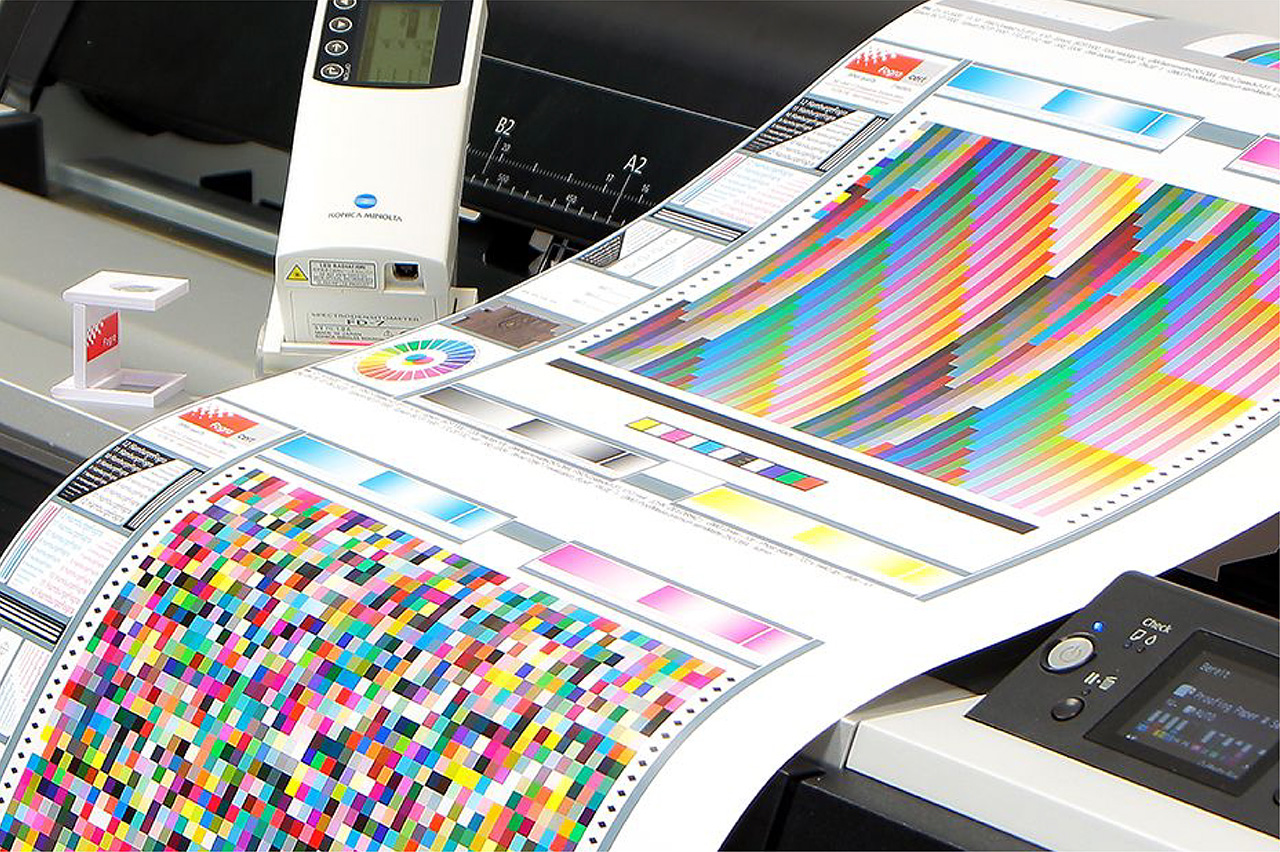February 22, 2021
Eureka Series: How to overcome new challenges in NPD
At IPL Packaging, we specialise in designing and developing bespoke solutions for our customers. Once a particular manufacturing process has been perfected, one can generally say that it should be able to be repeated more easily in future production.
We thought it might be interesting to start a new series of articles that delve into some of the unseen issues and challenges that we have come across in undertaking new product development (NPD). This new series, called Eureka, will hopefully give those readers interested in the development side of customised packaging more insight into how to fix unique problems that occur from time to time.
When using new materials or unfamiliar substrates, achieving a certain look and feel that has been set down by the design team is often an initial case of trial and error. The “Eureka” moment is when the desired finish is achieved and that of course will then be replicated in mass production.
Taking over a project presents unique challenges
We will start this series by highlighting an issue that occurred when taking over the production of an existing bespoke product from another supplier. Matching existing premium products and finishes from other manufacturers can be challenging, especially if the exact manufacturing formula is not known or, indeed, simply when using different machinery.
These sorts of challenges may also exist in production runs where a customer may want secondary suppliers involved as a backup. Competing factories are not always as cooperative as they should be and that should always be considered too. In this particular example, IPL was contracted to repeat the production for an existing tin pack.
The design incorporated multiple levels of emboss and deboss which, on its own, presented numerous challenges. The tin plate had to be the right thickness, the depth of each emboss/deboss tool had to be carefully considered and the spacing between the emboss/deboss tools needed to be carefully matched. A series of attempts were needed to get the perfect match. However, these were not the biggest challenges.
Matching of colours is incredibly difficult
The first problem encountered was getting the CMYK print registration tight enough. Printing on the tin print press required many trial print runs, due to a red and blue hue shift, to try and get the registration correct. As a result, it was concluded that the press was unable to print in the tight register needed for this tin. The print production was moved to another supplier with a newly acquired press. Eureka! The registration shift on the old press was indeed the hue problem.
The second challenge was the matching of the Pantone golds. The client needed two different Pantone golds for their pack and the logo required blue and red to be printed onto a double base of white. The golds were to be printed directly onto the plate, with no base coats, as was outlined in the artwork.
The first gold, printed onto the inner section of the logo, matched the approved sample but the gold on the keyline was out significantly. Checking with the client if any changes were made to the artwork, they advised that it had not been changed in any way. Additionally, the advice from the original manufacturer was that they had printed according to the artwork provided with absolutely no changes.
After numerous print attempts, changing the Pantone colours manually and even adjusting the temperature of the oven passes, the end result was still off. It was then decided to try a third print supplier and leverage off their extensive print knowledge. This print supplier employed a very old and highly-experienced printer who had obviously spent many years behind the press.
Eureka – the gold is matched
After an initial run, the printer advised that the artwork had been changed and that the keyline Pantone did, in fact, have a white base underneath it. Adjustments were made, the white print was bled out into the keyline and the gold was reprinted. Closer but not quite there yet. Then, the wise printer advised that the same gold for the logo should be used for the keyline.
Eureka! There it was – two golds that matched the sample perfectly. In reality, only one Pantone gold was used, but when printed directly onto the plate, it showed a different hue to the gold printed on top of the white base. The entire process took just over one month of full-time at the printing press. However, the reward was worth the effort.
It’s always worth remembering that even though some development is a trial and error process; if there are limitations in the machinery then the wanted end result may be hard to come by. And of course, there is no substitute for experience, always seek out the most knowledgeable people available.
Header image: ©Pinimg.com
IPL Packaging is a global luxury packaging supplier with offices in the USA, Europe, Mexico, Asia and Africa. Approved manufacturing is available in several Asian countries, as well as sites in Eastern Europe. We create bespoke, tailored and exclusive packaging for any premium or luxury brand and manage the entire process, from conceptualisation and design to production and delivery.
For more information on packaging solutions or to get an insight into our latest packaging trends, follow us on LinkedIn, Facebook, YouTube or Pinterest. Keep an eye on our news section for insightful articles and innovative ideas around packaging materials, product development and design.
More articles

April 18, 2024
Luxury Regulated

February 25, 2022
The Whole Truth – A Holistic view of Sustainable Packaging

June 17, 2021
Great scents, greater social responsibility

June 29, 2023
Unpack(ag)ing: Service in Today’s World

May 19, 2022
A Slam Dunk for Cincoro

March 24, 2022
Sustainability that Beats the Boring

November 5, 2020
Simple packaging errors to be avoided

January 25, 2023


